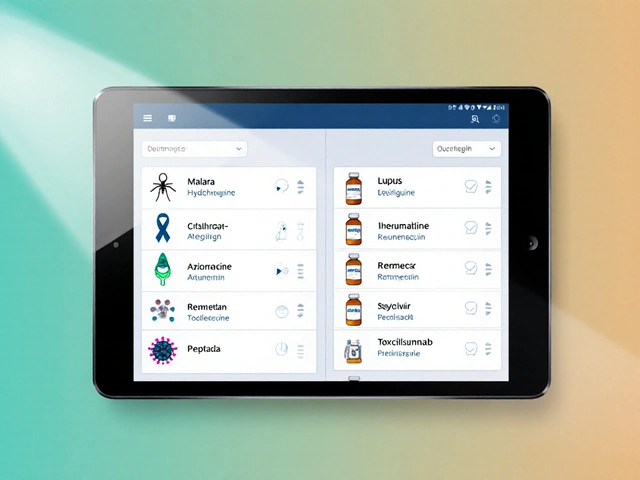Ivermectin Dosage: What You Need to Know
Ivermectin is a drug used to treat a range of parasites in people and animals. If you’ve been prescribed it, the biggest question is usually “how much should I take?” Below you’ll find the most common dosing schedules, the reasons they differ, and the safety points you shouldn’t ignore.
Standard Human Dosing
For most infections in adults, ivermectin is given as a single oral dose based on body weight. The typical range is 150‑200 µg per kilogram (µg/kg). That means a 70‑kg (154‑lb) adult would take about 10‑14 mg, usually in one tablet or a couple of tablets. The exact dose depends on the condition:
- Onchocerciasis (river blindness): 150 µg/kg as a single dose, repeated after 6‑12 months if needed.
- Strongyloidiasis (intestinal threadworm): 200 µg/kg as a single dose, sometimes repeated after 2 weeks.
- Scabies or lice: 200 µg/kg in a single dose, often repeated after 1‑2 weeks to kill any newly hatched parasites.
Children over 15 kg can usually follow the same weight‑based calculation, but doctors will double‑check the dose for safety. For kids under 15 kg, ivermectin isn’t typically recommended unless a specialist says otherwise.
Key Safety Tips
Even though ivermectin is well‑tolerated, taking the wrong amount can cause trouble. Here are the top things to keep in mind:
- Stick to the prescribed weight‑based dose. Guessing size or using a “one‑size‑fits‑all” pill can lead to under‑ or overdosing.
- Don’t mix with alcohol or other CNS depressants. Ivermectin can make you feel dizzy or light‑headed, and alcohol makes that worse.
- Watch for side effects. Common reactions include mild itching, rash, or stomach upset. Severe symptoms like trouble breathing or swelling need urgent care.
- Pregnancy and breastfeeding. Most guidelines advise against using ivermectin unless the benefits clearly outweigh the risks.
- Animal formulations are different. Never use a veterinary product for yourself; the concentration is higher and can be dangerous.
If you miss a dose, take it as soon as you remember unless it’s almost time for the next one. In that case, skip the missed dose—don’t double up.
When you get your prescription, ask the pharmacist to double‑check the tablet strength and confirm the total milligram amount you need. Having the exact number on hand helps you avoid mistakes, especially if you’re using a pill‑splitter.
In summary, ivermectin dosing is simple once you know your weight and the condition being treated. Use the 150‑200 µg/kg rule, follow the timing recommendations, and keep an eye on side effects. When in doubt, call your doctor—better safe than sorry.

A practical guide to purchasing affordable generic ivermectin online, covering safety, legal issues, trusted sources, price comparison and how to avoid counterfeit products.
Chris Gore Aug 28, 2025




